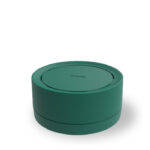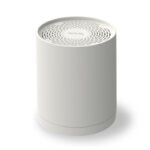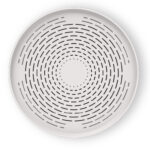We inhale around 12 thousand liters of air a day: have you ever wondered what you breathe?

Pollutants in the home

From an early age we are taught thatair pollution is a serious problem and is responsible for millions of people’s deaths each year.
In addition to outdoor pollution, we must also consider indoor pollution. People spend most of their time in enclosed spaces such as their homes or workplaces, familiar environments in which we feel protected and safe. But indoor air contains multiple contaminants that are harmful to human health. Breathing is an activity we perform independently and cannot do without. On average, we inhale about 12,000 liters of air a day. That is why knowing what we breathe and making sure it is healthy air is no small matter.
Passive smoking

One of the main indoor contaminants is cigarette smoke.
The World Health Organization puts the focus on combating active smoking but also passive smoking.
Secondhand smoke has recently been classified as a human carcinogen.
Nonsmokers exposed to tobacco smoke run a risk of disease that, although lower than smokers, includes as much as 65 percent of the population, or about 20 million people.
If this risk touches people with chronic diseases, pregnant women or children, the resulting effects can be highly compromising.
Fine particulate matter PM 10 and PM 2.5
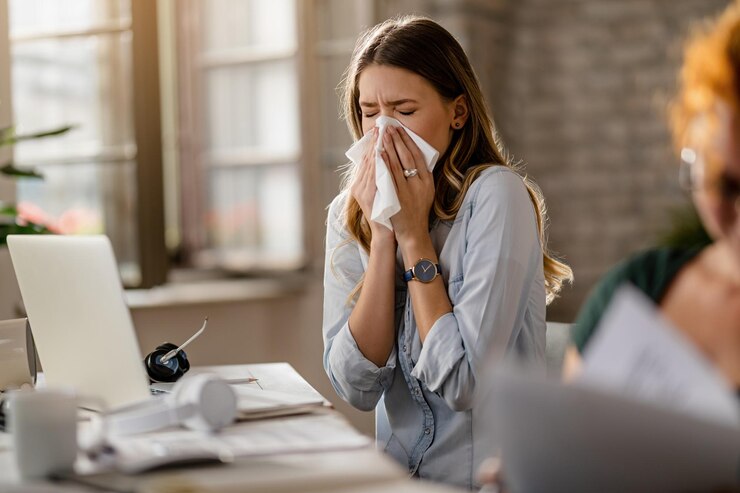
Fine or atmospheric particulate matter (PM10 and PM2.5) is so fine and light that it can remain suspended in the air and be breathed in. Because they are composed of harmful substances such as heavy metals, sulfates and nitrates, they can be deleterious to human health.
Fine particulate matter is capable of absorbing toxic pollutant gases and vapors that reach the heart or lungs and can sometimes cause irreparable effects especially to frail individuals
Volatile organic compounds

These are chemical compounds capable of volatilizing, that is, evaporating easily in the air.
Sources of VOC pollution in indoor environments are many: cosmetic products, heating devices, cleaning materials, cigarette smoke.
VOCs can cause various side effects: from psychological and physical discomfort to serious alterations in health status by affecting organs or apparatuses affecting the central nervous system.
Radon gas
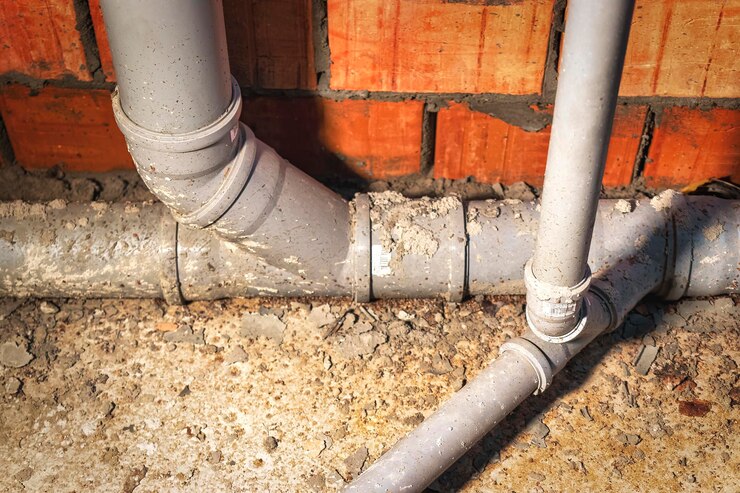
Radon is a noble, radioactive gas, directly derived from the decay of uranium, naturally occurring throughout the earth’s crust.
In the open air, this gas dissipates without consequence, but when it takes over in a confined environment such as the interior of a home, it gradually accumulates, reaching increasingly high concentration levels that are potentially harmful to the health of those who breathe it.
Like all noble gases, Radon is odorless and colorless.
These characteristics make it a particularly difficult gas to detect, thus increasing its dangerousness.
Carbon dioxide

Carbon dioxide (CO2) is a gas naturally present in the atmosphere in limited concentrations.
Carbon dioxide is among the greenhouse gases that contribute most to global warming. Human activity has increased its concentration in the atmosphere to 40% above the level recorded in the early industrial era.
As CO2 levels increase in an enclosed space, the cognitive abilities of people who work or live in such environments decrease.
Increased levels of CO2 in the environment can lead to the appearance of respiratory difficulties.
Molds
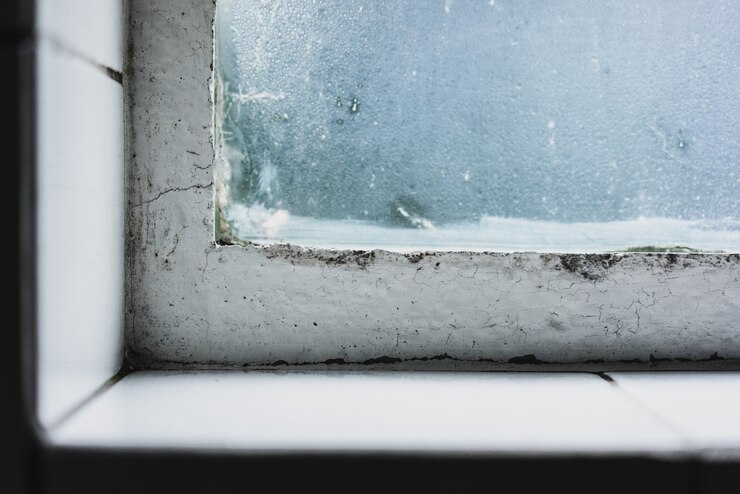
Molds are types of fungi growing inside and outside buildings and are part of natural biological pollutants.
Some types of molds are harmless, while others are dangerous. The action of molds on human health varies depending on their type, their concentration, and the susceptibility of those who frequent particularly contaminated environments.
Molds can cause infections, trigger allergies, and cause a whole range of ailments whose true cause we often cannot even begin to imagine, such as headaches, coughs, asthma, itching, difficulty concentrating, and respiratory problems.
Indoor biological contaminants

In addition to mold, indoor biological contaminants include bacteria, animal dander, dust, mites, and pollen.
The health effects caused by their presence can manifest in allergies resulting in skin irritation and breathing difficulties.
The importance of making informed choices

When we make choices about our daily life activities, we must take the pollution factor into consideration.
It is a small gesture that may seem insignificant to us at the moment, but it amounts to a large investment we make to protect our well-being. In the long run we will be able to feel the benefits of this, both health-wise and economically. If we improve the quality of the air we breathe, we also improve the quality of our lives.

